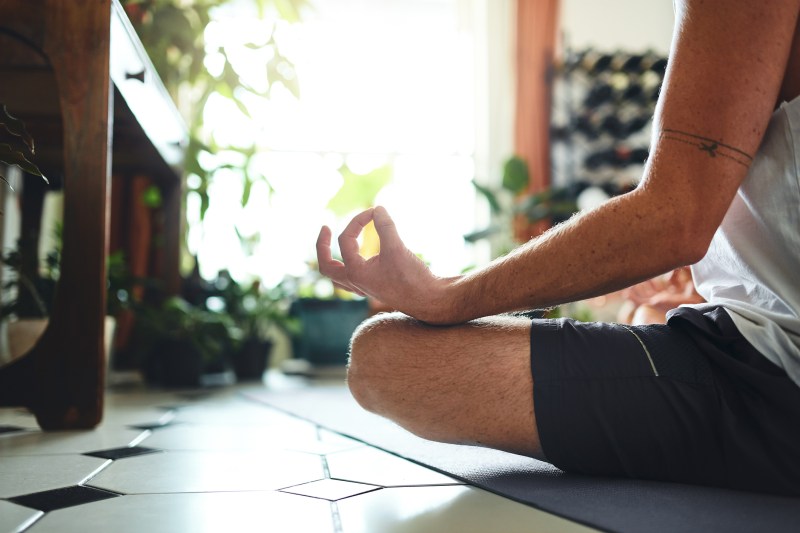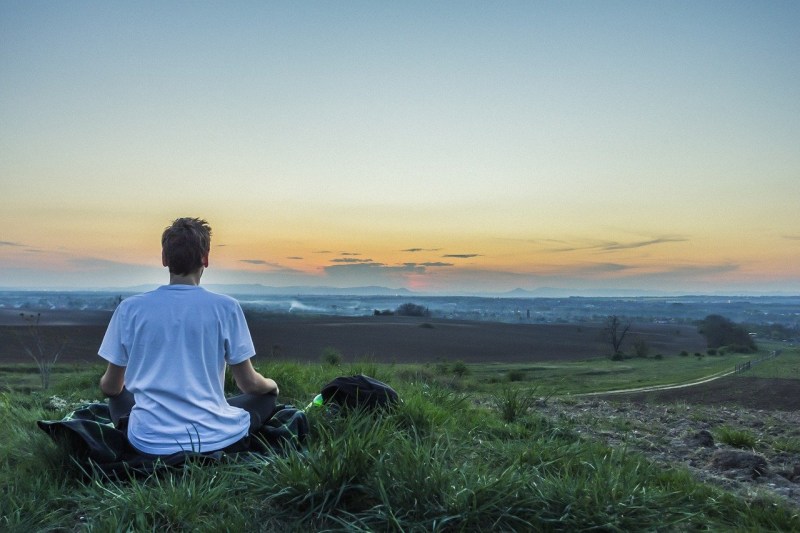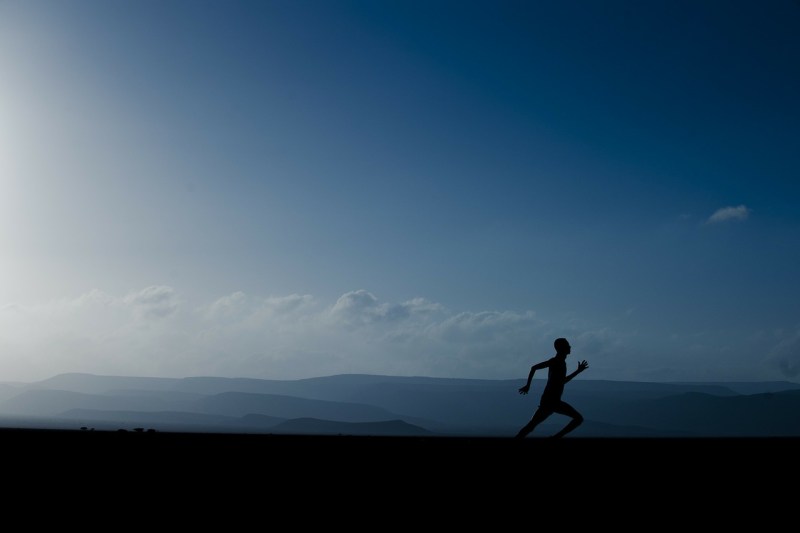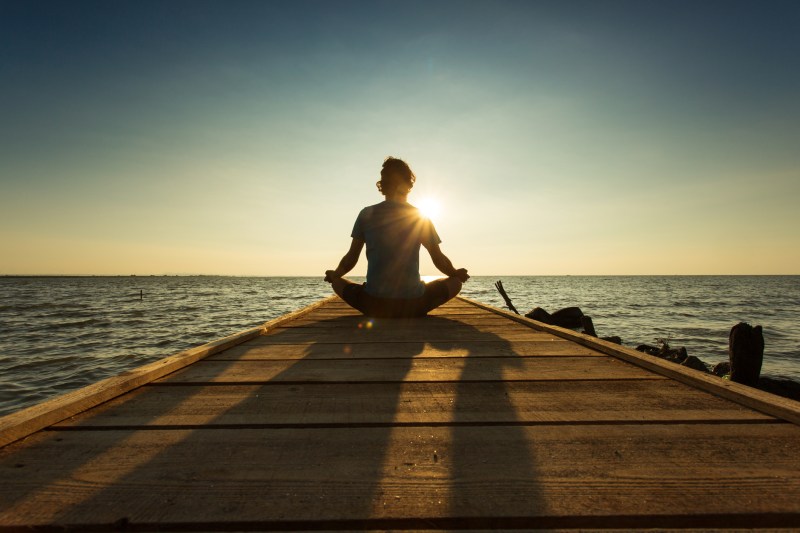
From the physical to the metaphysical, there are a number of reasons why people love and practice meditation. Those who practice regularly and often can experience lower heart rate, lower blood pressure, and more complete control over their thoughts and self. But meditation can also contribute to higher performance in sports and fitness. No matter what level of sport or what kind of outdoor activity you enjoy, meditation can be a beneficial addition to your day-to-day life. Spiritual teacher and author of Quiet Mind, Epic Life, Matthew Ferry, spoke with The Manual to explain just how and why more men should include meditation in their fitness routine.
Use Meditation to Calm the Mind

Meditation can be used to improve life in a number of ways, but it is first and foremost a means for quieting the mind — even when everything else around you might seem overwhelming. “Regular meditation improves well-being, leads to more peace of mind, and the feeling that all is well in the world,” Ferry said. “Meditation gives men a chance to step back from life and get out of the ‘go-go-go’ of the daily grind. We are able to get perspective about what’s really important.” But settling the mind can also help you make better decisions rather than responding impulsively.
But meditation can also be used as a tool by athletes and often is used by the highest caliber athletes. “If you are an athlete, the stressors of daily life can impede your physical strength. You can get distracted by looping negative thoughts and unwanted mental chatter,” Ferry explained. “Meditation creates an opportunity to release the negative thoughts and unwanted chatter so you can focus on being the best you can be in your sport,” he added. That can easily be accomplished with meditation as a method of stress relief.
How to Start Meditating

For most meditation, no matter where you are, you can simply close your eyes and focus on breathing in and out. You can sit or lay down, listen to music or set a timer and focus on bringing your thoughts back to breathing anytime your mind wanders. However, meditation used for improving athletic performance is a little different. “Olympic athletes spend time visualizing their sport being done perfectly to teach the mind and nervous system the result they want to achieve. They dramatically increase the number of times they compete by practicing in their mind,” Ferry explains. “Men who play sports seriously can take a page from this playbook. Close your eyes, take a few deep breathes and visualize the outcome you intend to create in your sport,” he adds.
But if you simply want to practice meditation while being active, Ferry recommends trying moving meditation. To do this, he instructs people to set an intention such as “find joy” or “feel empowered.” Then, head out for your walk or run while keeping the intention at the center of your mind. You can focus on the rhythm of the activity, but you can also practice syncing your breathing to your pace. Try taking four steps while breathing in followed by four steps while breathing out.
Set Realistic Goals

Try to be practical or realistic while setting your intention, too. Ferry explains that reaching a more positive frame of mind or state of being takes time and is an ambitious sight to set. “Meditation is a challenge and should be treated as such. The same way you might treat a new workout commitment,” Ferry said. “Lower your expectations. Ease into it. There’s no rush,” he added. So take your time and slowly try to introduce meditation and visualization into your routine. You just might find that mindfulness improves how you feel and how you perform.


